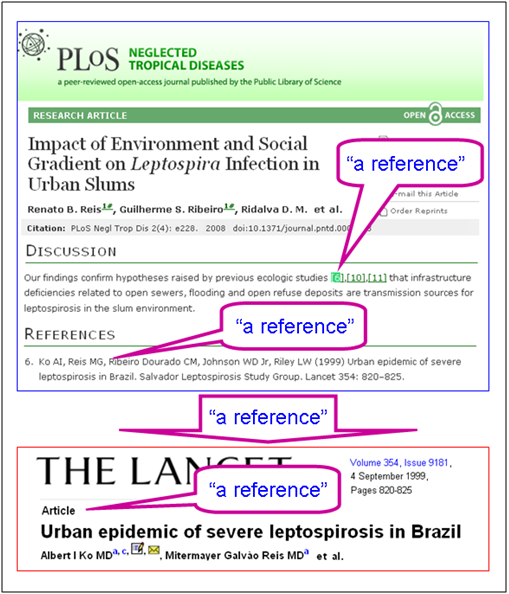
Rationale Readers of this blog will be familiar with Open Citation Identifiers (OCIs), described in an earlier post and formally defined in [1]. OCIs enable bibliographic citations, treated as first class information entities, to be uniquely identified and referenced, and are used to identify the >624 million individual citations indexed in the latest release of COCI, the OpenCitations Index of Crossref open DOI-to-DOI citations, as







